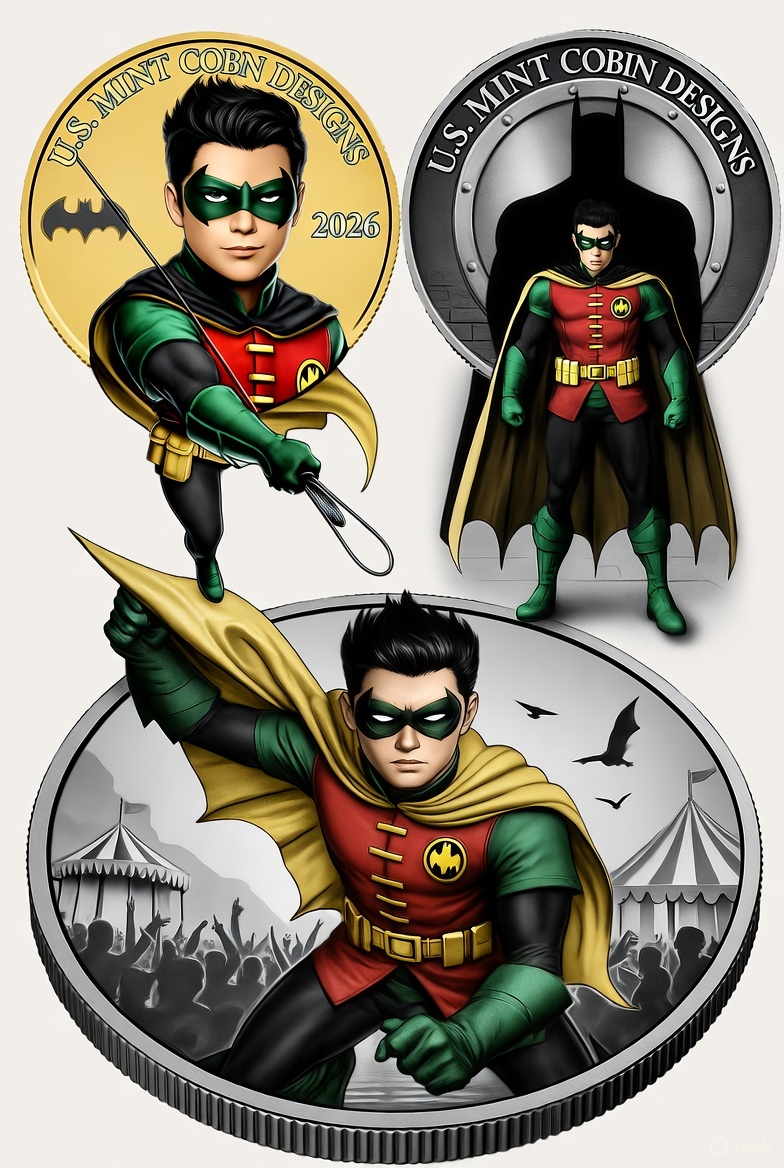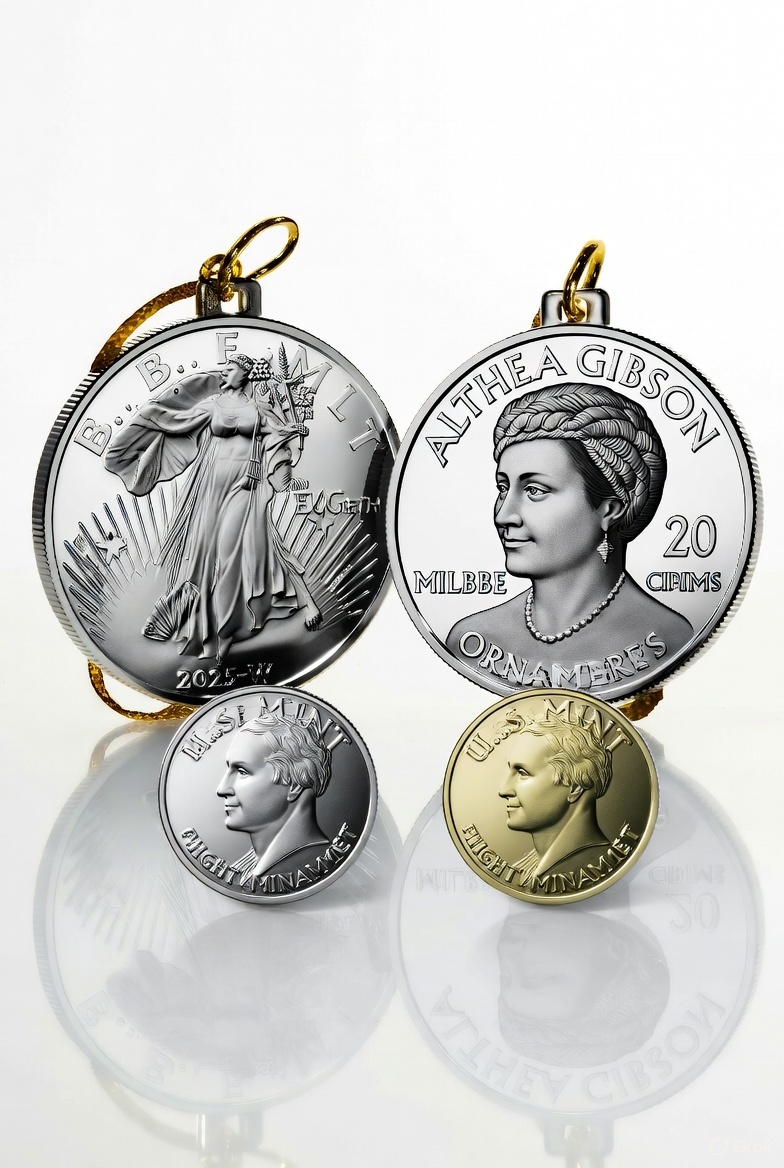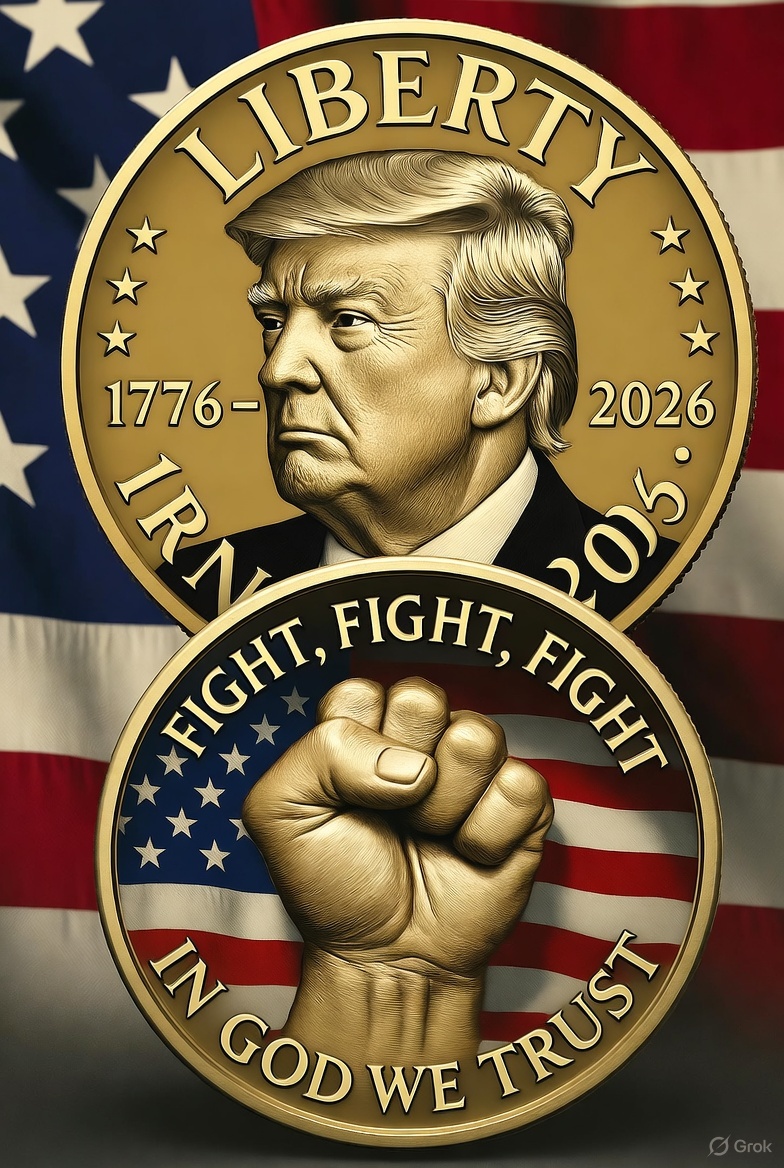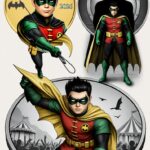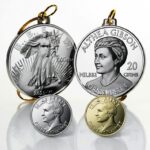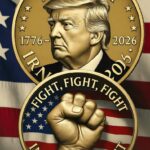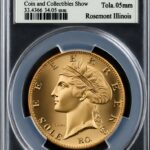The 1966 Washington quarter is a significant transitional period in U.S. coinage history. Struck during the Coinage Act of 1965, which eliminated silver from circulating dimes and quarters, the 1966 quarter was composed of copper and nickel. While this coin is generally standard, specific varieties, errors, and Special Mint Set (SMS) coins can be valuable to collectors.
This blog explores the various aspects of 1966 quarter value, including error coins, SMS coins, and other notable factors that make these quarters worth more than their face value.
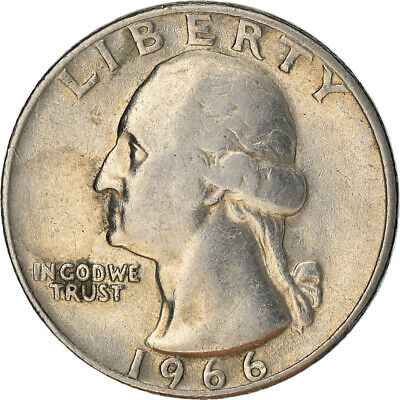
Historical Context of the 1966 Quarter
The 1966 Washington quarter was minted during a significant change in U.S. coinage. The Coinage Act of 1965 removed silver from quarters and dimes to address a nationwide coin shortage and rising silver prices. The 1966 quarter was struck with a clad composition of 75% copper and 25% nickel on the outer layers, with a pure copper core.
Unlike earlier quarters, the 1966 issue lacks a mint mark due to a temporary suspension of mint marks to discourage hoarding.
Key Features
- Composition: Copper-nickel clad.
- Weight: 5.67 grams.
- Diameter: 24.3 mm.
- Edge: Reeded.
- Mint Marks: None (mint marks were suspended from 1965–1967).
Standard 1966 Quarters
Most 1966 quarters are common and hold only their face value or a slight premium in circulated condition. However, those in uncirculated or higher grades can command higher prices among collectors.
Value of Circulated 1966 Quarters
- Good to Very Fine (G4–VF20): Typically worth $0.25 to $0.50, based primarily on their historical interest.
- Extremely Fine (EF40): $0.75 to $1.00, depending on the coin’s appearance and level of detail.
Value of Uncirculated 1966 Quarters
- Mint State (MS60): $2.00–$3.00.
- Mint State (MS65): $15.00–$20.00.
- Mint State (MS67): Rare and can exceed $150, as these coins are difficult to find in such pristine conditions.
High-grade 1966 quarters are sought after due to their scarcity in uncirculated conditions, as many were heavily circulated.
Special Mint Set (SMS) Quarters
In 1966, the U.S. Mint did not produce traditional proof sets but issued Special Mint Sets (SMS). These sets contained coins with a higher quality strike and finish than circulation coins but were less refined than traditional proof coins.
Key Features of 1966 SMS Quarters
- Frosted Surfaces: SMS quarters often feature a semi-proof-like appearance.
- Sharper Strikes: SMS coins exhibit more detailed designs compared to circulation strikes.
- Packaging: Each SMS set was sold in a protective cellophane wrap.
Value of 1966 SMS Quarters
- Typical SMS Quarter: $5.00–$10.00.
- SMS Quarter with Cameo Effect: $30.00–$50.00.
- SMS Quarter with Deep Cameo Effect: $100.00–$200.00, depending on grade.
The cameo and deep cameo effects occur when the raised design has a frosted appearance while the fields are mirror-like. These effects are highly desirable among collectors and are graded by professional services.
1966 Error Quarters
Error coins are always in high demand among numismatists, as they are unique and add intrigue to a collection. The 1966 quarters have several notable errors.
Clipped Planchets
- Description: A portion of the coin’s edge is missing due to a mishap during the blank-cutting process.
- Value: $10.00–$50.00, depending on the size and visibility of the clip.
Off-Center Strikes
- Description: The design is not correctly aligned, resulting in part of the design being struck off-center.
- Value: $20.00–$150.00, depending on the degree of the off-center strike and overall condition.
Die Breaks and Cuds
- Description: Cracks or breaks in the die can cause raised lines or blobs (cuds) on the coin’s surface.
- Value: $10.00–$75.00, depending on the size and prominence of the error.
Missing Clad Layer
- Description: The nickel layer on one or both sides of the coin is absent, revealing the copper core.
- Value: $100.00–$300.00, depending on the extent and condition of the missing layer.
Doubled Die Errors
- Description: Doubling occurs on design parts due to misalignment during the die creation process.
- Value: $50.00–$500.00, depending on the severity and location of the doubling (e.g., lettering or design elements).
Error coins are often identified by sharp-eyed collectors or through professional grading services.
Proof Coins
Traditional proof coins were not minted in 1966 due to the temporary suspension of proof production from 1965 to 1967. However, SMS quarters with deep cameo effects are considered the closest equivalent and are highly sought after for their prooflike qualities.
Other 1966 Quarters Worth Money
Some 1966 quarters stand out due to unique characteristics or grading:
- High-Grade Circulation Strikes:
- Due to their rarity, coins graded MS67 or higher by professional services like PCGS or NGC can fetch significant premiums.
- Value: $200.00–$500.00 or more.
- Toned Quarters:
- Natural toning, caused by chemical reactions over time, can increase a coin’s value if it has an attractive and desirable appearance.
- Value: $50.00–$300.00, depending on the toning pattern and grade.
- Certified Coins:
- Coins authenticated and graded by PCGS or NGC often command higher prices due to the assurance of quality and authenticity.
Tips for Collectors
- Examine Carefully:
- Look for potential errors or unique characteristics that could increase the coin’s value.
- Consider Grading:
- A 1966 quarter professionally graded can enhance its value, particularly for SMS or error coins.
- Handle with Care:
- Preserve the condition of your coins by storing them in protective holders or capsules.
- Research and Compare:
- Familiarize yourself with recent auction results to understand market trends.
Conclusion
While the 1966 Washington quarter is often overlooked as a common coin, it offers numerous opportunities for collectors to find value in its various forms. From SMS quarters with cameo effects to error coins with unique characteristics, the 1966 quarter offers much for those willing to explore its potential. Collectors can make informed decisions by understanding the factors that influence value and uncover hidden treasures within this year’s coinage.
